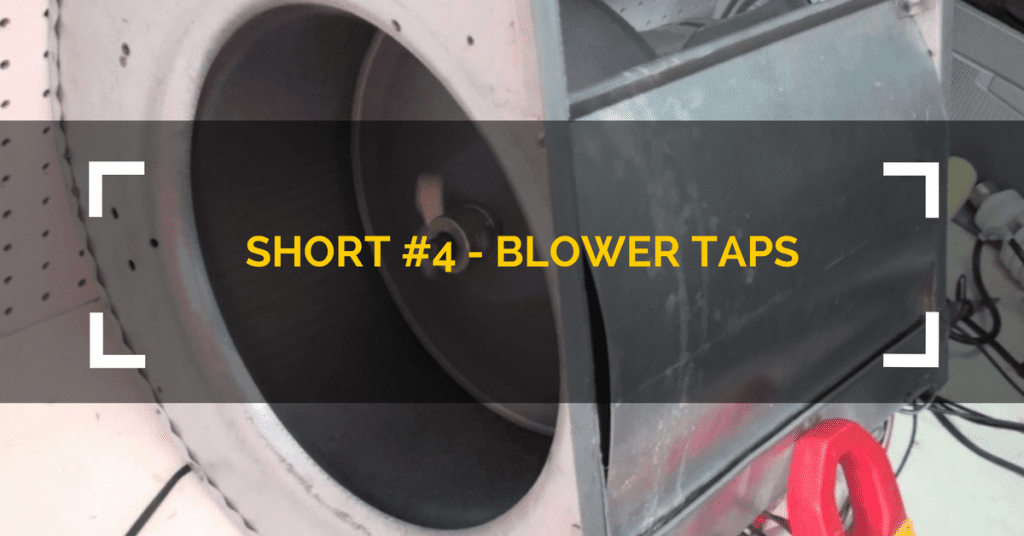Short #4 – Blower Taps (Podcast)

In this short podcast episode, Bryan talks about blower taps in furnace systems. He explains how to set up their fan speeds and repair them.
Before you even look at the blower taps in a system, you must know a bit about the system design. Is the system supposed to remove high amounts of sensible heat? What is the capacity? How quickly should the thermostat drop? When a system is supposed to move lots of heat and has a high capacity, it needs high airflow; to run optimally, the system needs higher fan speeds to move more CFM per BTU. Moreover, a Manual J calculation can tell you how much sensible and latent heat the system must move. Also, keep in mind that system tonnage does NOT always indicate the amount of BTUs a system is actually moving.
Conversely, to calculate the airflow needed for heating, you must look at temperature rise. Ideally, your temperature rise should be near the middle of the temperature-rise range.
So, how do you set the airflow and know how much you're producing? That's where you measure your static pressure and look at fan tables. Remember to make sure the blower is clean and to factor in additional resistance from components like heat strips or filters. Alternatively, you can measure airflow with a duct traverse or by using an airflow hood. Then, you set the fan speed accordingly.
Overall, to set the blower taps, you need to be able to measure your airflow and read fan charts. If you're merely commissioning a new system, measuring airflow becomes less important; instead, you must ensure that the manufacturer's fan charts are correct. Remember, the airflow needs to be different for a customer's heating and cooling needs.
Author:









Comments
To leave a comment, you need to log in.
Log In